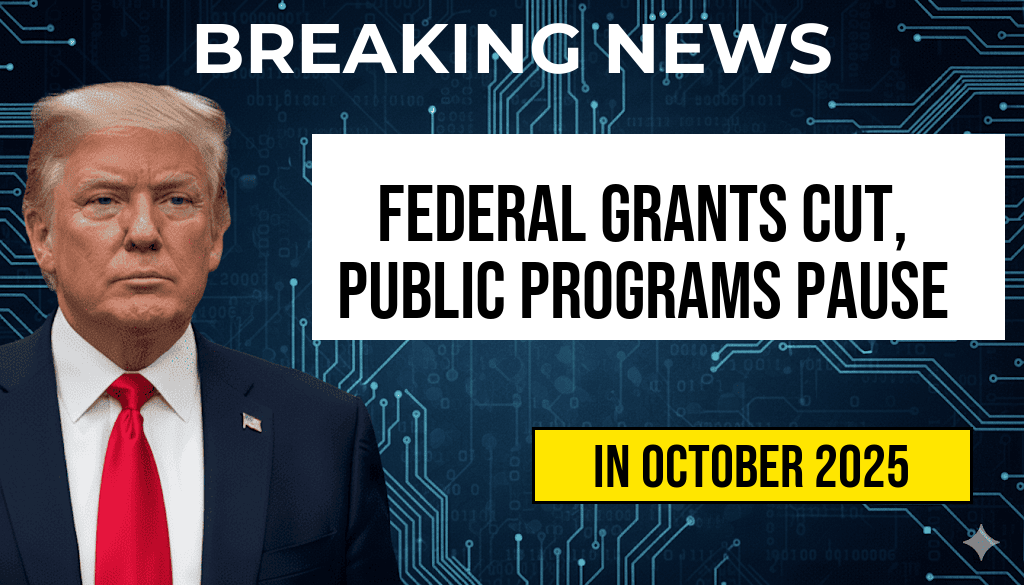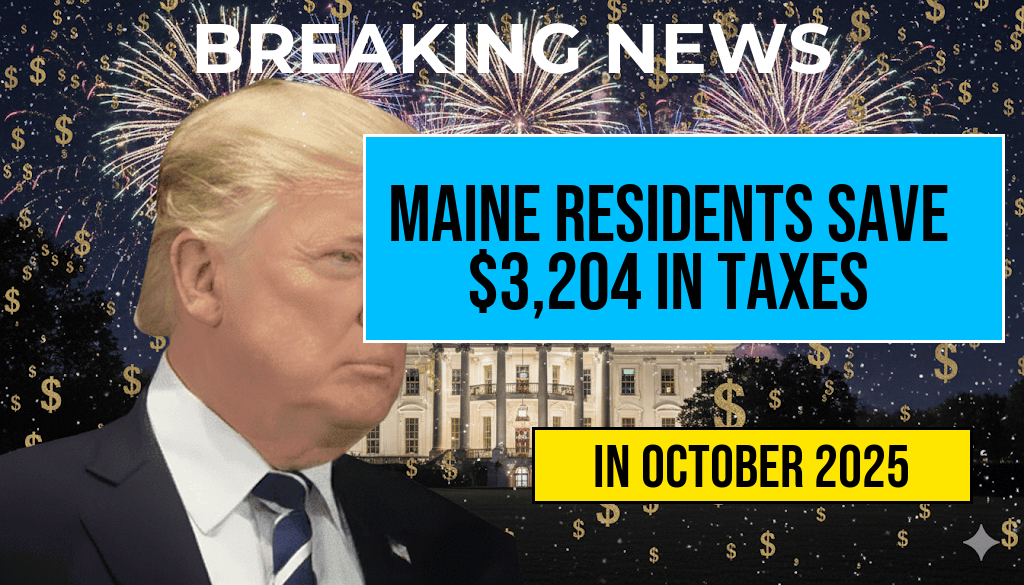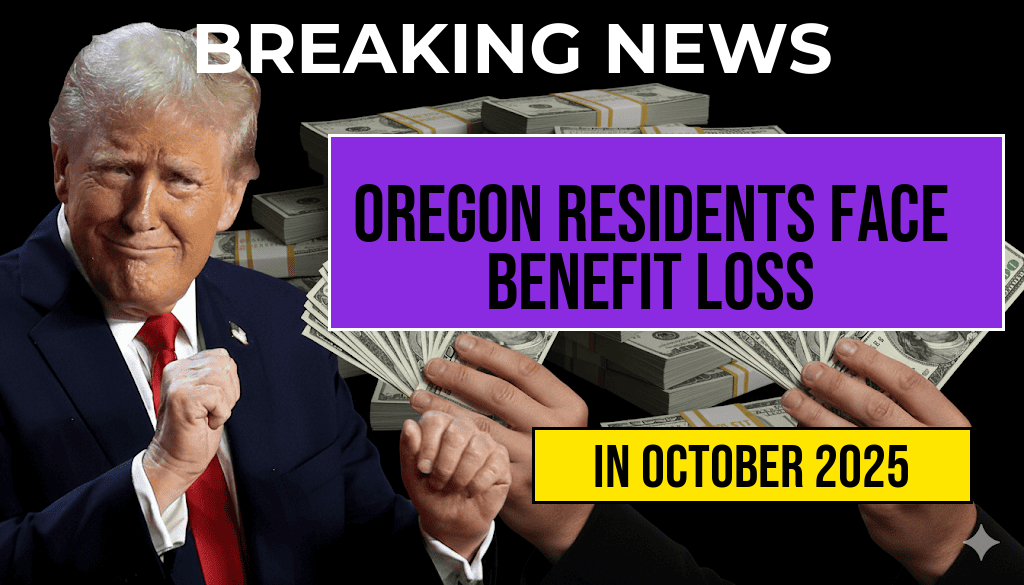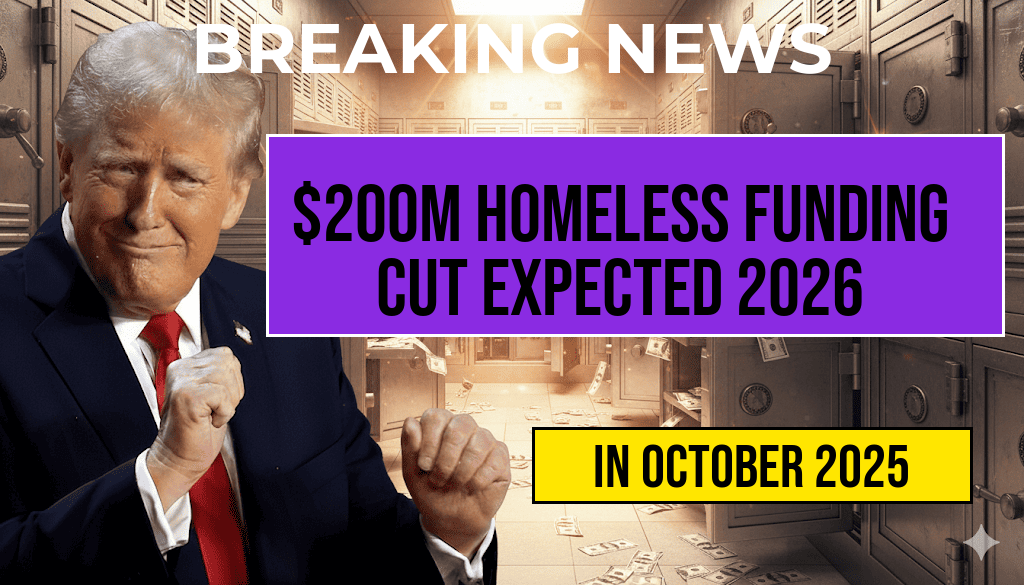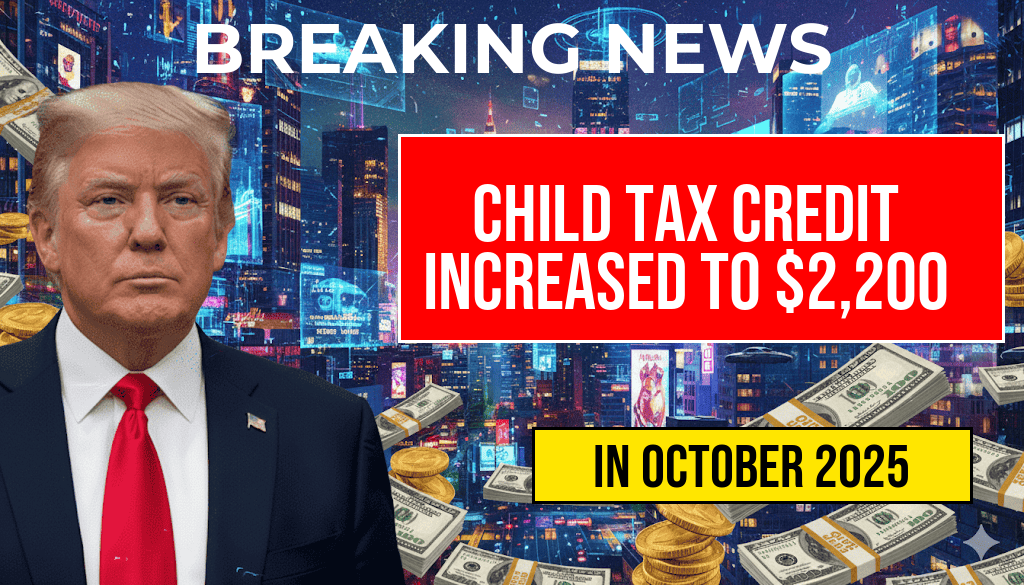Federal budget officials have announced a sweeping reduction in discretionary spending, totaling approximately $1.1 trillion. This scale of cutbacks has prompted a widespread pause across numerous public programs, affecting everything from healthcare and education to infrastructure projects and social services. The decision, driven by ongoing fiscal constraints and political negotiations over the national debt ceiling, signals a significant shift in federal priorities and has raised concerns among policymakers, advocates, and affected communities. As agencies implement the reductions, questions are mounting about the long-term implications for vulnerable populations and the capacity of government services to meet ongoing demands.
Massive Budget Reductions Impact Federal Agencies and Public Services
Scope and Rationale Behind the Cuts
The federal government’s decision to slash $1.1 trillion in discretionary funding over a multi-year period stems from an effort to curb rising national debt and balance the budget. According to recent statements from the Office of Management and Budget (OMB), these cuts are designed to prioritize essential defense and security expenditures while significantly reducing funding for non-defense programs.
Budget analysts highlight that this approach reflects a strategic shift away from broad social investment toward more targeted security and economic initiatives. However, critics argue that the scale of reductions risks destabilizing vital services and undermining longstanding federal commitments to public welfare.
Program Freezes and Suspension of Services
As agencies adapt to decreased funding, many have announced temporary freezes or reductions in service. Public health departments, education grants, and transportation projects are among those most affected. The U.S. Department of Health and Human Services (HHS), for example, has paused new grant allocations for community health programs, citing a lack of available funds. Similarly, the Department of Education has suspended some funding initiatives aimed at underserved schools and student aid programs.
| Program Area | Previous Funding Level | Current Status | Impact |
|---|---|---|---|
| Community Health Initiatives | $10 billion annually | Paused for new grants | Delays in health services, reduced outreach |
| School Funding Grants | $12 billion annually | Suspended | Limited resources for low-income districts |
| Transportation Infrastructure | $20 billion annually | Reduced allocations | Postponement of projects, maintenance delays |
Political and Public Response
Leaders across the political spectrum have expressed concern over the broad impact of the cuts. Democratic lawmakers warn that the reductions threaten to rollback progress on healthcare, education, and economic development, especially in vulnerable communities. Republican officials emphasize fiscal responsibility, asserting that these measures are necessary to stabilize the economy and reduce deficits.
Advocacy groups and public interest organizations have voiced alarm regarding the long-term consequences. The Center on Budget and Policy Priorities warns that the pause on programs could exacerbate inequalities, hinder economic recovery, and strain social safety nets. Meanwhile, some local agencies are scrambling to identify alternative funding sources to mitigate service disruptions.
Long-term Effects and Future Outlook
The immediate effect of the budget cuts is a slowdown in the federal government’s ability to deliver core services. Experts warn that prolonged pauses and reductions could lead to increased costs down the line, as delayed infrastructure repairs and unmet health needs escalate expenses. Additionally, workforce reductions at federal agencies could impair capacity, further complicating recovery efforts.
Policy analysts suggest that these measures might set a precedent for future fiscal policy, emphasizing austerity over expansion. As negotiations continue in Congress, stakeholders are watching closely for potential adjustments or compromise agreements that could soften the blow to essential programs.
For more detailed information on federal budget processes and implications, visit the Wikipedia page on the U.S. federal budget.
Frequently Asked Questions
What is the main reason for the pause on public programs?
The pause on public programs is primarily due to federal grant cuts of one trillion one hundred billion dollars, which have significantly reduced funding availability.
How will the federal grant cuts impact public programs?
The cutbacks will lead to a pause in many public programs, potentially affecting services related to healthcare, education, infrastructure, and social services.
Which sectors are most affected by the funding reductions?
Key sectors such as public health, education, community development, and public safety are most impacted by the federal grant cuts.
Are there any plans to restore the funding levels in the future?
Currently, there are no definitive plans to restore the funding levels. Policymakers are debating strategies to address the budget shortfall and restore essential public program funding.
What can communities do to cope with the funding reductions?
Communities can seek alternative funding sources, increase public-private partnerships, and advocate for policy changes to help mitigate the impact of the federal grant cuts.

